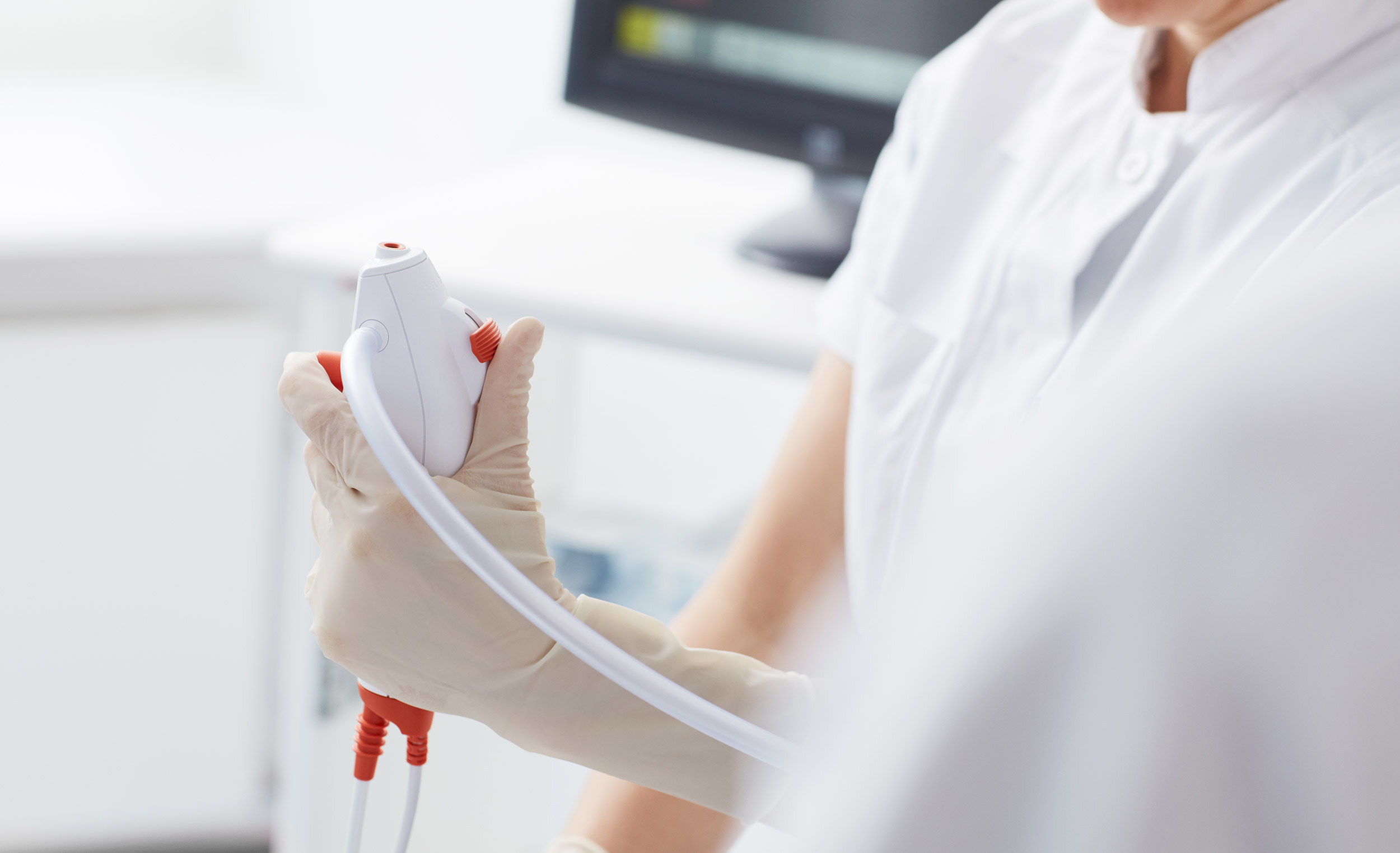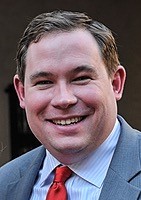
As the global pandemic enters its third year and federal guidance on endoscope reprocessing highlights potential cross-contamination issues with reusables, the case for single-use endoscopes grows even stronger.
So says Dr. Hudson Garrett, an infection prevention specialist, in an op-ed in the January 2022 issue of Healthcare Hygiene Magazine.
“The time to evaluate the use of single-use endoscopes is now,” he writes. “By using these sterile devices, the risk of device-related contamination is eliminated, patient safety is improved, and the cost of care is decreased and optimized.”
Garrett identifies five key single-use benefits:
Recent studies by the U.S. Food and Drug Administration (FDA) have led to new guidance and twice last year prompted updated safety communications around reprocessing flexible endoscopes.
In June 2021, the FDA recommended that healthcare providers consider using single-use bronchoscopes when there is increased risk of spreading infection and when treating COVID-19 patients.
That communication also recommended that healthcare facilities use sterilization, rather than high-level disinfection when possible for flexible bronchoscopes. If there is “no support for immediate reprocessing,” providers should use single-use bronchoscopes, the FDA said.
Although the risk of device-related infection is considered rare, the FDA previously determined in a 2015 communication that bronchoscopes “pose a greater likelihood of microbial transmission and represent a high risk of infection if they are not adequately reprocessed,” Garrett writes.
In April 2021, the FDA reported that it was investigating “numerous” medical device reports describing patient infections and other possible contamination issues possibly associated with reprocessed urological endoscopes.
Previously, in 2020, the FDA updated its guidance around duodenoscopes, calling for manufacturers and healthcare facilities to transition to duodenoscopes that may pose less risk to patient safety. That followed a safety communication in August 2019 that called for a transition to duodenoscopes that are partially or fully single-use.
Reusable endoscopes have complex cleaning and reprocessing instructions that sometimes involve more than 100 steps and can take more than two hours, increasing the likelihood of human error during the process, especially in a fast-paced environment.
“In some instances, reusable endoscopes are not even capable of being properly reprocessed due to a combination of factors,” writes Garrett, an Ambu consultant.
He identified complicating factors such as:
“Whether reprocessing is ultimately effective depends, in part, on the individual following the steps and deciphering the instructions,” he adds. “A sterile, single-use endoscope relieves the hospital personnel charged with those tasks of the responsibility for infection control.
Ambu A/S created the world’s first single-use endoscope in 2009 and now leverages more than a decade of single-use flexible endoscopy experience in multiple clinical areas. The Danish company won FDA 510(k) clearance Feb. 4 for its single-use gastroscope.


